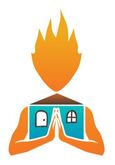|
If you're like me, the first thing you think when you hurt yourself is "I'd better get to yoga!" Because Bikram Yoga is a therapeutic practice, it's designed to be safe and beneficial no matter what condition your bod is in! When injured all you need to do is gentle stretching without causing any strain or pain. When you break a leg (like my mother-in-law, pictured below) or have another injury where you can't bear weight on a leg or foot, the standing part of class can be performed in a chair with tons of benefit to the whole body. Here's how to do it:
0 Comments
As a mom of two (and 2 businesses too!) I know my day may not always (understatement alert!) go exactly as planned. That's why I'm a big proponent of "gettin it while ya can" -- which often means being up before the sun (and the son) in order to squeeze in my daily practice. Did you know that traditionally yoga was practiced in the morning? Maybe it had something to do with avoiding the hot sun of Indian afternoons, but really it just makes sense. Your mind is at its most relaxed in those wee hours, and the rest of the world hasn’t sent you any emails yet. There are fewer distractions and there just seems to be more... peace. Physically, stretching is a body's natural urge in the morning, helping loosen up your joints in preparation for movement as you start your day. It turns out modern science is also a huge fan of movement in the morn! Here are just a few of the reasons (and the research that supports them!) to wake up early with us and yoga:
You deserve all of the above in your life.So sign up for an early Zoom class today, or pick a recording from our library.
And if you're not a member yet (wha??) click here to join. See you in the morning!! “If we could master breath, everything after that is going to be handled a bit better.” That's a quote from James Newbury, an athlete who completed the entire 5-hour bike ride and 4-hour run of an Ironman race, breathing only through his nose. “We’re going to live at a higher level.” Living at a higher level sounds good. Here is my nose: Maybe you’ve been here:
Huffing and puffing through the first few poses in one of your first hot yoga classes, your face turning bright beet-red. The more you try to breathe, sucking air in through your mouth- the harder it seems to get. From somewhere in the distance, you hear the instructor’s calm, encouraging voice: “Close your mouth, breathe through your nose.” You try it. It works! Nose breathing is the way Many people have been taught or just naturally start breathing through their mouths while exercising, especially when it gets intense. But emerging research suggests nasal breathing (like we do for about 80 out of the 90 minutes in a Bikram Yoga class) is actually where it’s at. That’s no big surprise for yoga practitioners, who have been harnessing the power of breath for centuries! (But we always love when science backs up what we do!) Breathing by the nose helps athletes perform better For example, this recent study looked at runners who used nasal breathing and found their maximum rate of oxygen consumption was unchanged compared to mouth breathing. At the same time, their respiratory rates (breaths per minute) and ratios of oxygen intake to carbon dioxide output decreased, which means they didn’t have to work as hard to get the same amount of oxygen! Researchers believe the lower breath rate caused by breathing through your nose (a much smaller opening for air than your gaping maw) allows more time for oxygen to get to the bloodstream. That means you get more oxygen to your cells from each breath, which allows you to breathe less. Wait a sec? Is breathing LESS a good thing? Don’t worry: no one is telling you not to breathe. It’s about being efficient. By breathing through your nose "you actually can perform your big physical tasks – running, cycling, things like that, you can perform them using less oxygen because you're not having to breathe as much to perform them,” says researcher George Dallam. “Which turns this not just into a health thing, but also into a performance thing too.” Nose breathing helps with daily wellbeing too I recently read a fascinating book called Breath, by James Nestor. In it Nestor “explores the million-year-long history of how the human species has lost the ability to breathe properly and why we’re suffering from a laundry list of maladies—snoring, sleep apnea, asthma, autoimmune disease, allergies—because of it.” One thing Nestor did as part of this book was an experiment where he plugged his nose completely for 10 days, forcing himself to breathe only through his mouth. Spoiler alert: the results were disastrous! Other spoiler alert: everything got better when he began breathing through his nose again. Among other things, it turns out people who breathe primarily through their noses have:
Nasal breathing calms ya down Breathing slowly through the nose is associated with the parasympathetic aspect of your nervous system, known as the “rest, digest and reproduce” state. (You probably know that one from yoga class!) Breathing fast, through the mouth, or too much (hyperventilation) activates the sympathetic nervous system, putting you into a state of “fight, flight or freeze.” (You know that one from if you’ve ever been stressed out.) That’s because nasal breathing activates the lower part of the lungs, which is associated with the parasympathetic nerves. Oh hey, we made a video about that! “You’re dealing with what is called a vagal response,” Dallam says. “You’re actually activating your vagal nerve to do the action of the lung itself when you breathe that way. That’s why a relaxation breath is a deeper breath. If you breathe deeply and activate the diaphragm well, and activate the lower portion of the lung, then you create some immediate relaxation.” It ain't always easy, but it's worth it As James Nestor and James Newbury found, breathing by the nose during physical exertion isn't necessarily easy. The key, whether in a Bikram Yoga class or training for a triathlon, is to only challenge yourself as much as you can while maintaining nasal breathing. This means you may need to back off on intensity at first and be patient with the process. (Helloooo, psychological benefits!) When you breathe calmly through your nose, you take charge of your own nervous system The more you practice, the better you'll get at nasal breathing and the more your health will improve as a result. Don't take my word for it though! Try it in class today ;) Over the summer we published this blog post discussing existing research on heat and humidity in relation to COVID-19. (Hint: it was good news for Bikram Yogis!) A new study came out this month which has even more to say on the subject. Where back in May, scientists observed that areas with higher temps and humidity experienced less spread of COVID, the recent findings suggest it's not quite that simple. Wait... can we still do Bikram Yoga?? YES. **CAVEAT ALERT** Before I dive in any deeper, I'd like to point out that in no way am I claiming that being in our yoga room will guarantee that you do not catch the novel coronavirus. The truth is that any time you leave your home or are around other people, you are at some risk of catching COVID. This post is addressing the scientific findings that some environments pose more risk than others. Here is what the science says: "Our research shows that the viability of coronavirus is higher at low air temperature values below or equal to 75 F (25°C) and at high relative humidity values greater than or equal to 65%," says Prof. Dimitris Drikakis, one of the new study's authors. "Therefore, countries with the above weather conditions or indoor places with the above environmental conditions (at those conditions) are more at risk." Check out this chart (circle added for reference) from the study showing the concentration of airborne contaminated droplets: The study found there was less risk of catching COVID at temperatures above 75 and humidity below 65%.
Hooray: that's US! (See the red circle on the image above.) We keep our hot room at a perfectly sweet spot for sweating: 105 degrees Fahrenheit (40 Celsius) with 40-60% humidity (In most classes, especially now with our limited capacity, humidity actually remains between 40-50%.) Scientists now understand that how well COVID spreads in the air is due to a combination of factors which include not only heat and humidity but also (when outdoors) wind and (when indoors) ventilation. For indoor spaces, proper ventilation is advised, as well as the use of air purification systems to help reduce concentration levels of any contagions in the air. Here at Home we've always been fans of good air quality. Yogis who've practiced in stuffier hot studios often remark at how much better they breathe in our room! That's in part because of our Demand Control Ventilation system. The DCV maintains indoor air quality by automatically adjusting the amount of outside air coming into the hot room when the CO2 reaches a specific level. In order to further increase the flow of outside air in keeping with current recommendations, this setting is currently at “0” which means we are bringing in the maximum amount of outside air (around 50%) during class. The air which is recycled is constantly cleaned by the iWave air purification system. "We should also avoid places of low temperature," says Drikakis. We've been saying that for years! ;) Check out this post for a rundown of the many benefits of heat for all kinds of reasons. And read this if you have any concerns about "handling" the heat. Most importantly, join us in Home's hot room: we're here 7 days a week. Click here to book your class! Cleaning processes
Tools for you
Protective measures
Staff safety
Got any questions about this stuff, or anything related to reopening? Check out our Reopening Plan! Or drop us a line here.
|
AuthorHHY Founder, Yoga Business Coach, yoga-doer and life-lover, Kay Afif! Categories
All
|

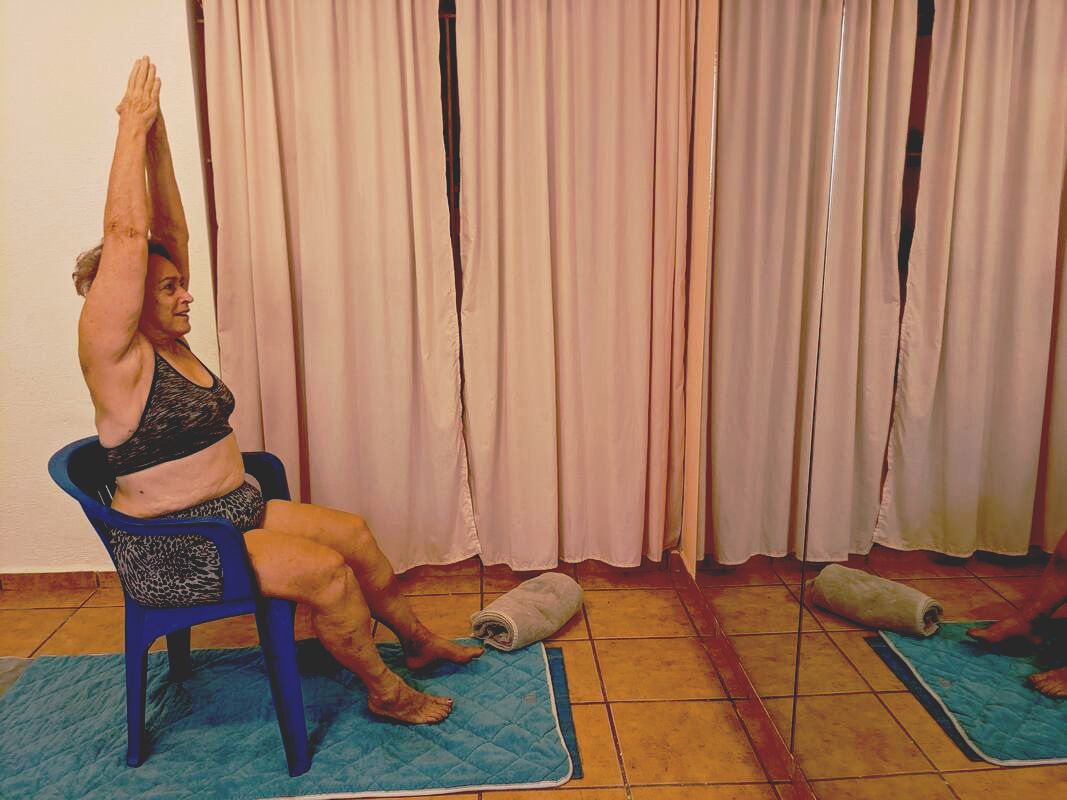
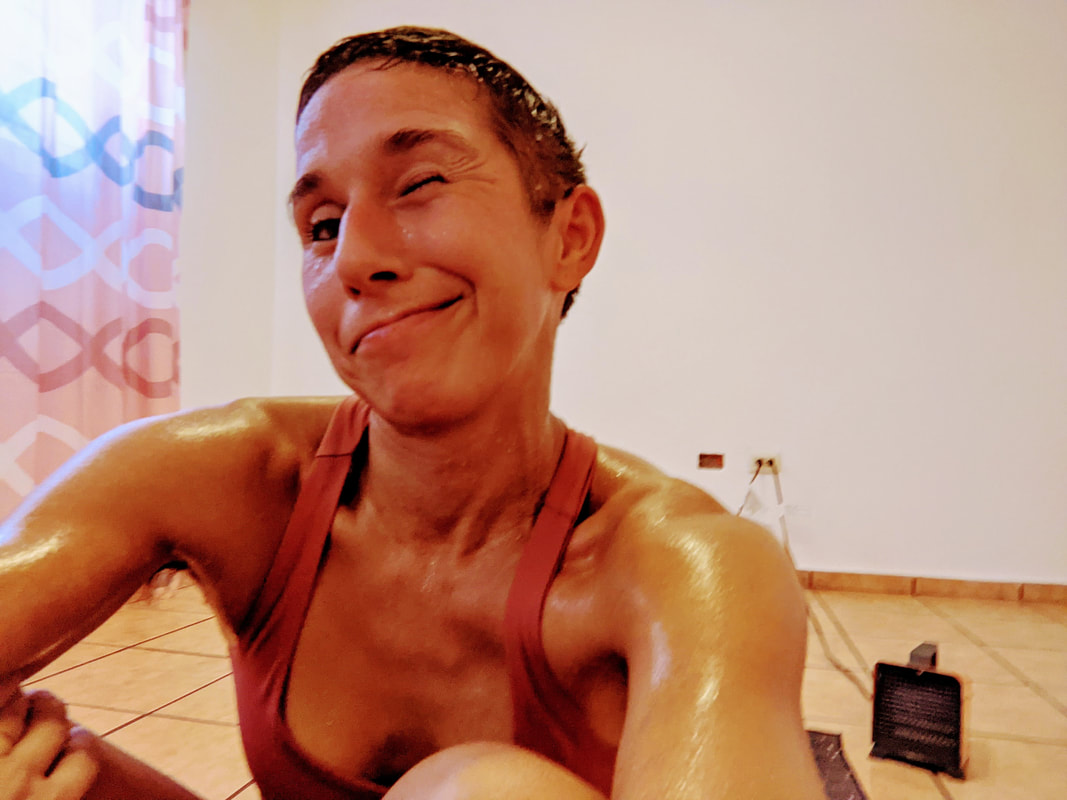
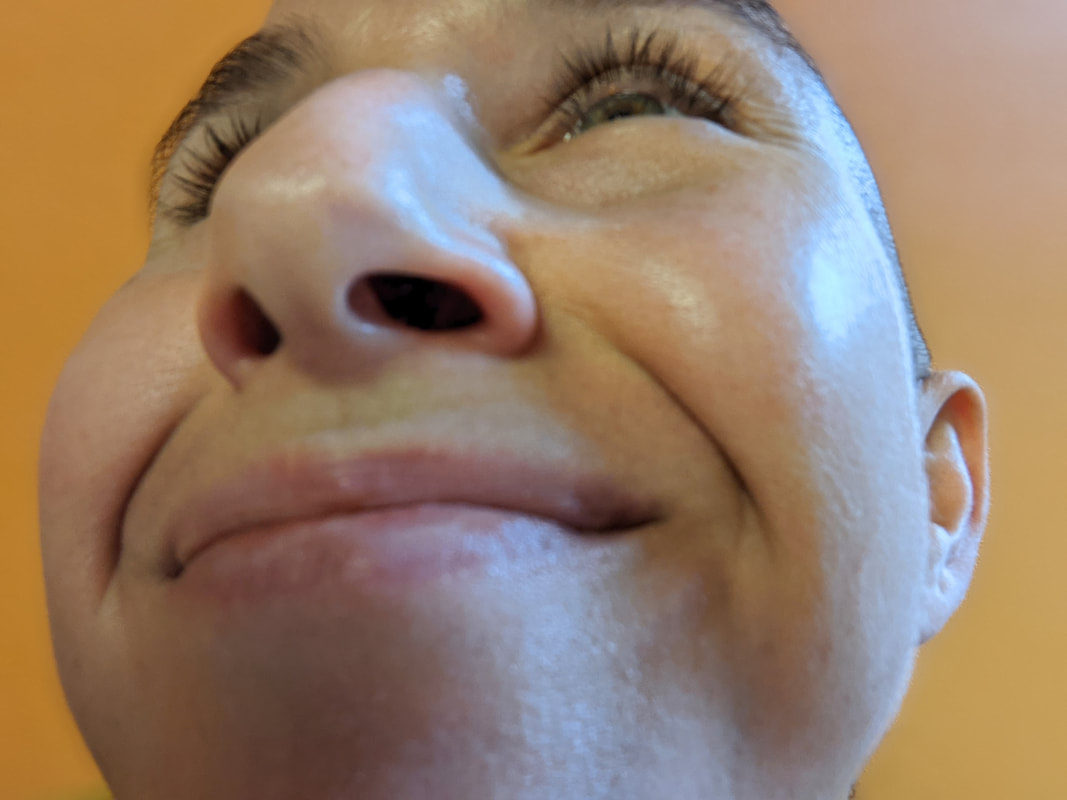
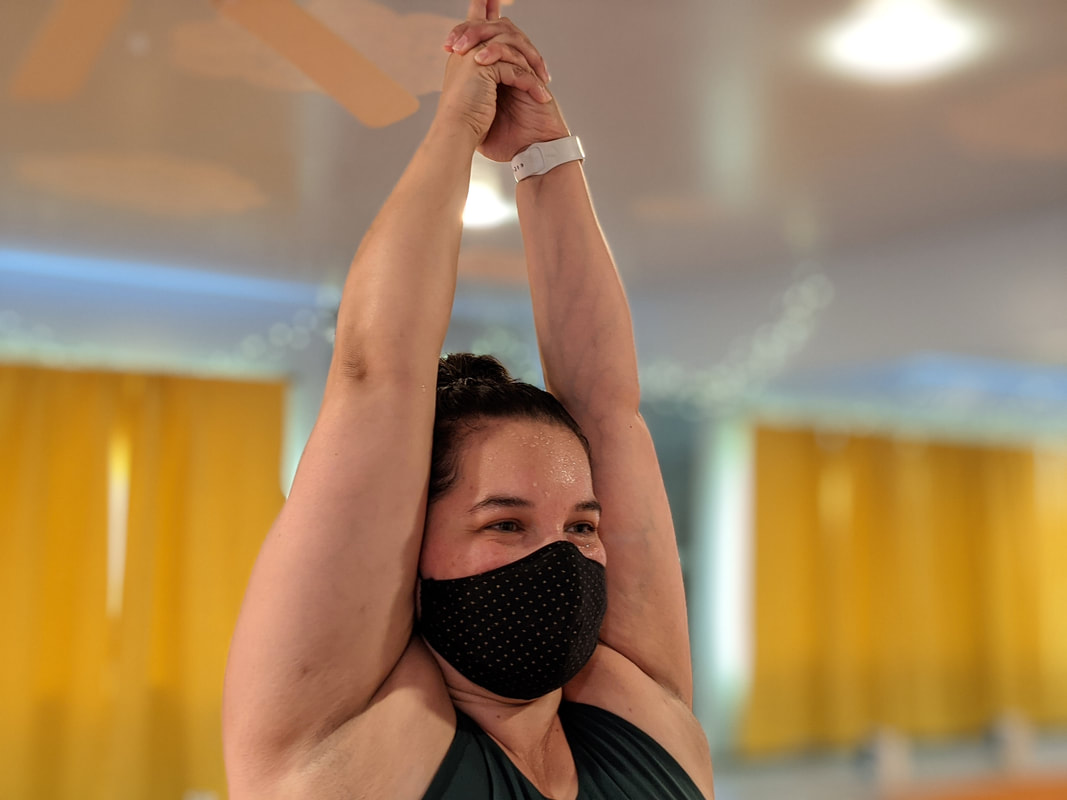
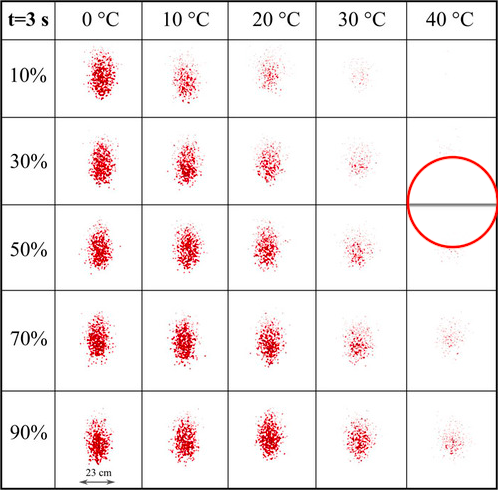
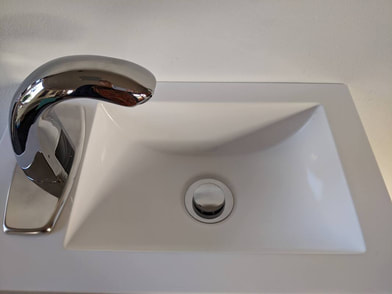
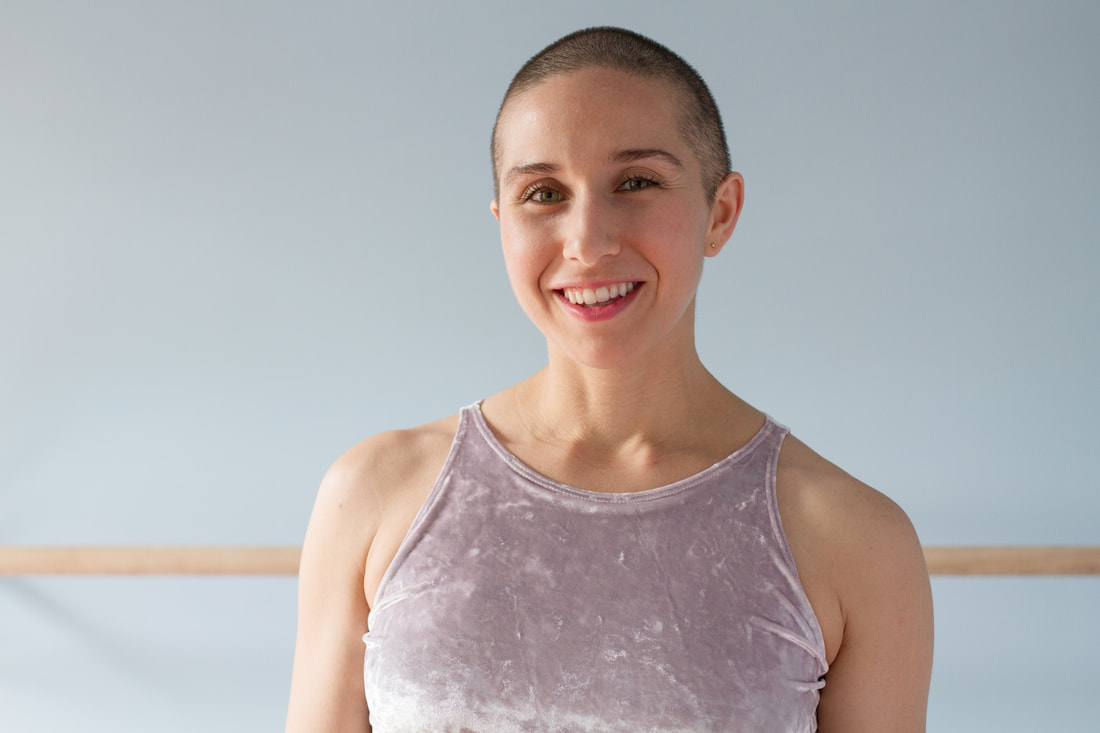
 RSS Feed
RSS Feed
